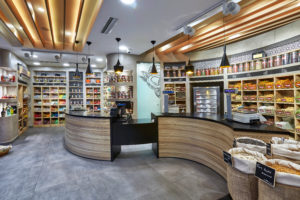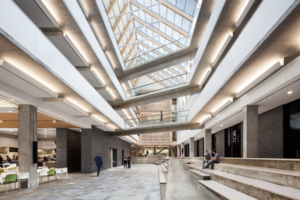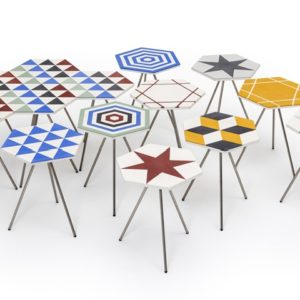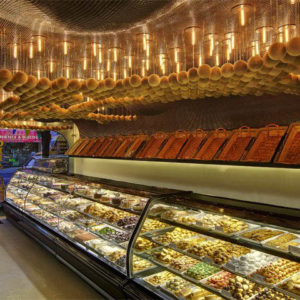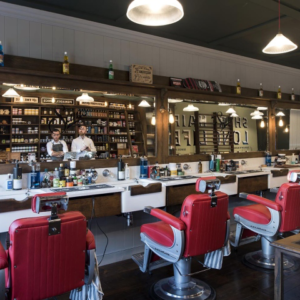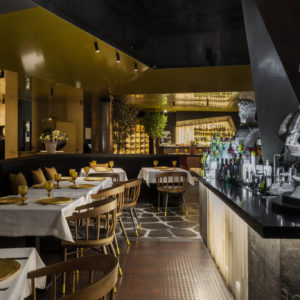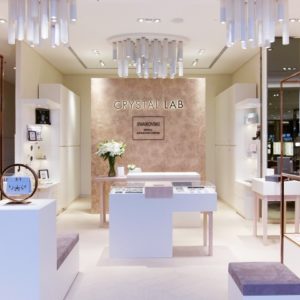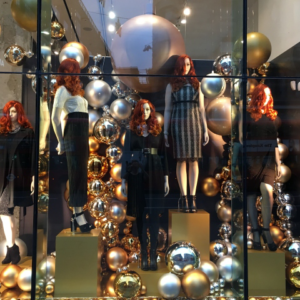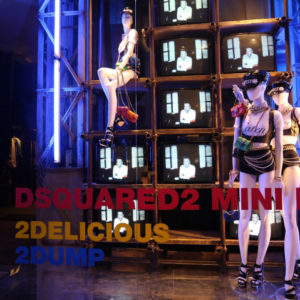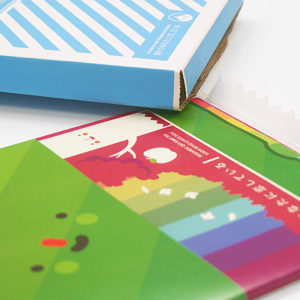
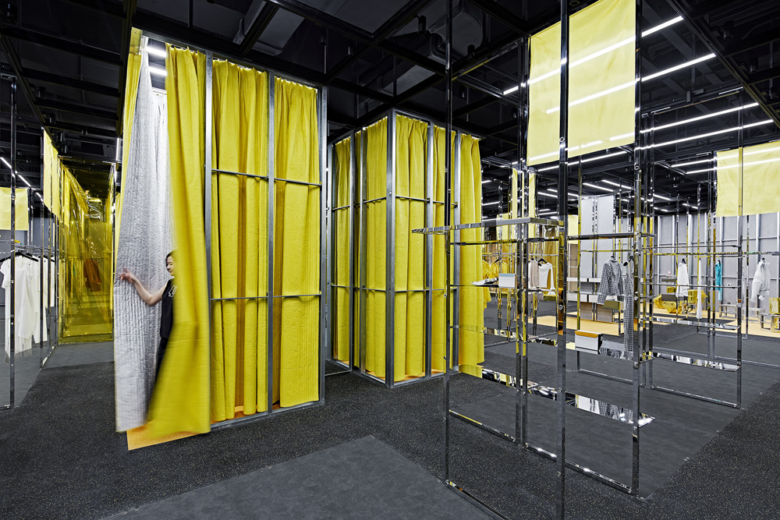
China’s capital city is reportedly home to more than 10,000 independent fashion designers, all vying for brand exposure. Priced out of the traditional market – a 2014 report from real-estate firm CBRE indicated that Beijing’s shopping-centre retail rents are not only the most expensive of any Asian city but also growing at an unprecedented rate – the next generation needed an alternative brick-and-mortar model.
Enter WeMarket. The initiative is the second stage of a business strategy developed by AnyShopStyle, which promotes up-and-coming designers in China. From the 300 fashion designers that feature in AnyShopStyle’s 19 stores, the brand picked a select group to join WeMarket – retail’s answer to WeWork. ‘WeMarket provides the only feasible solution for young designers who want to “own” their own store,’ said Di Zhang, principal partner at WAA, the studio behind the spatial design. ‘Sharing allows them to minimise individual risks while maximizing their reach. They can see others and be seen by others.’
Zhang explained that ‘uncertainty was the greatest challenge in the brief’. Since WeMarket sublets units for undefined periods of time, ‘the number of designers renting will change, and some may want to upsize or downsize depending on sales. We had to maximize flexibility.’
A few months of R&D resulted in a bespoke system of movable stainless-steel racks that incorporate lighting. Members can opt for a minimum of three mobile frames, in addition to four plinths and an LED sign, all within a 1.8-x-2.7-m zone. Despite the surrounding environment’s intentional neutrality, curtains and other furnishings can be attached to the frames to alter the overall colour scheme. The adaptable system also enables the client to expand WeMarket’s open spaces to host events such as fashion shows and exhibitions.
WAA was drawn specifically to the term market. ‘It’s an idea that has been so diluted by the current prevailing retail environment.’ Zhang pointed out that young purchasers spend almost all their time online or in shopping malls, ‘but we feel the market is the best form of shopping. It promotes individuality and interaction. It also connects with the design narrative we’ve been developing for offline retail spaces over the past few years.’
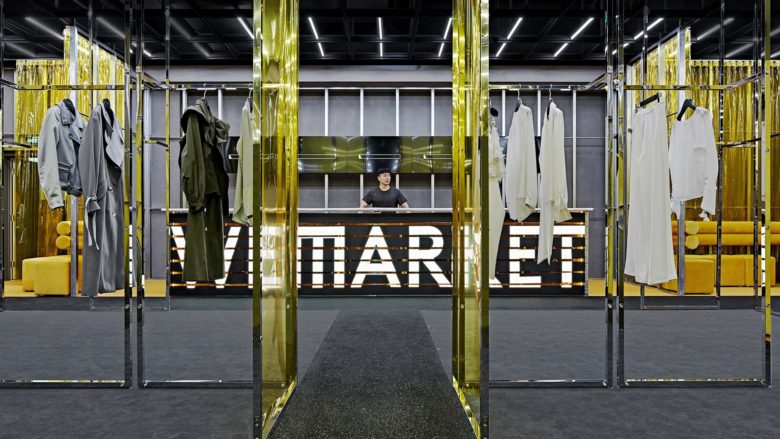
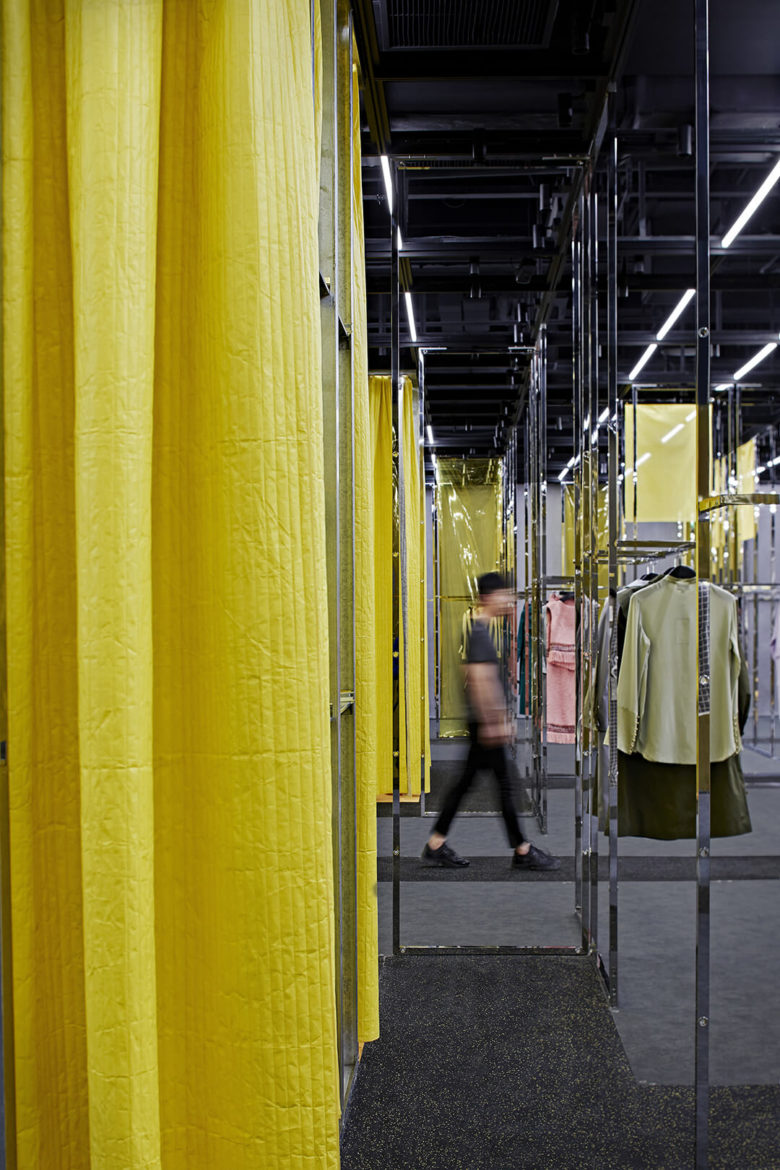
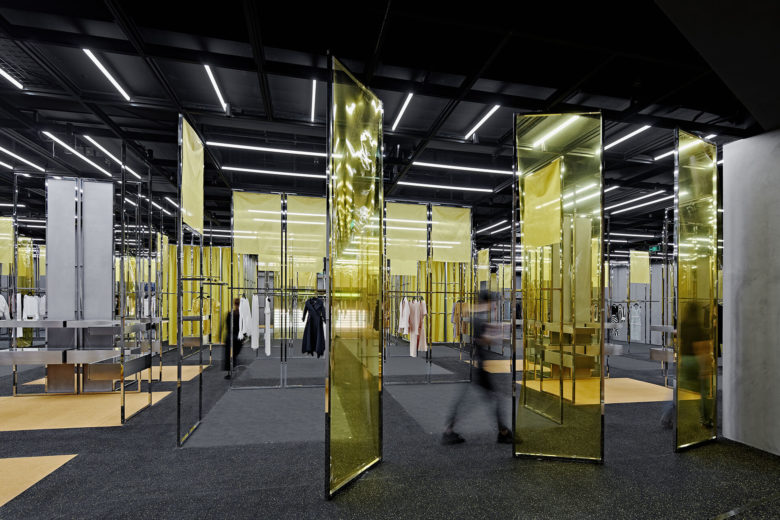
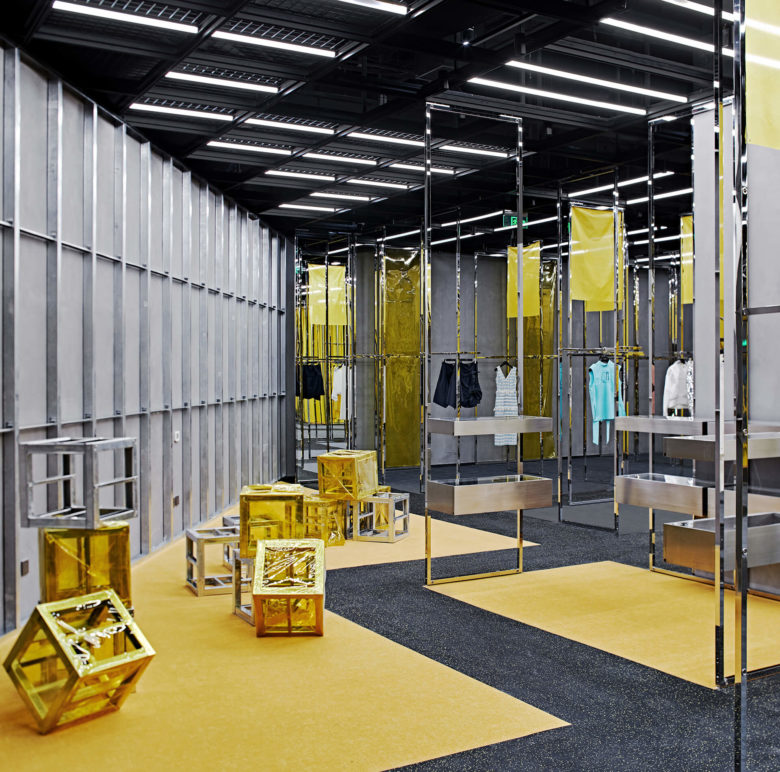
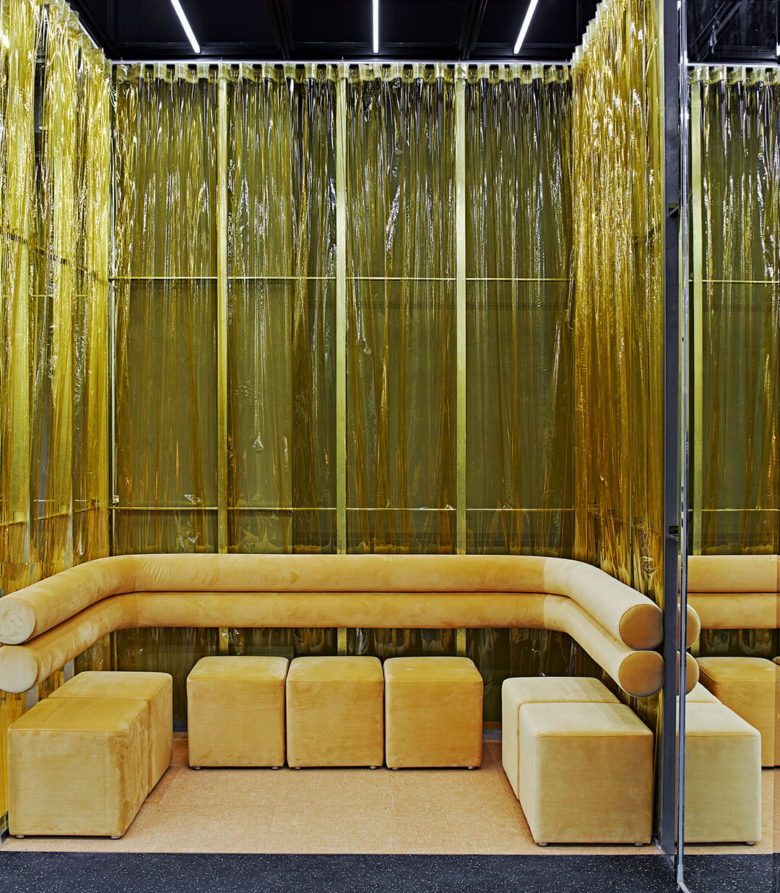
Add to collection
